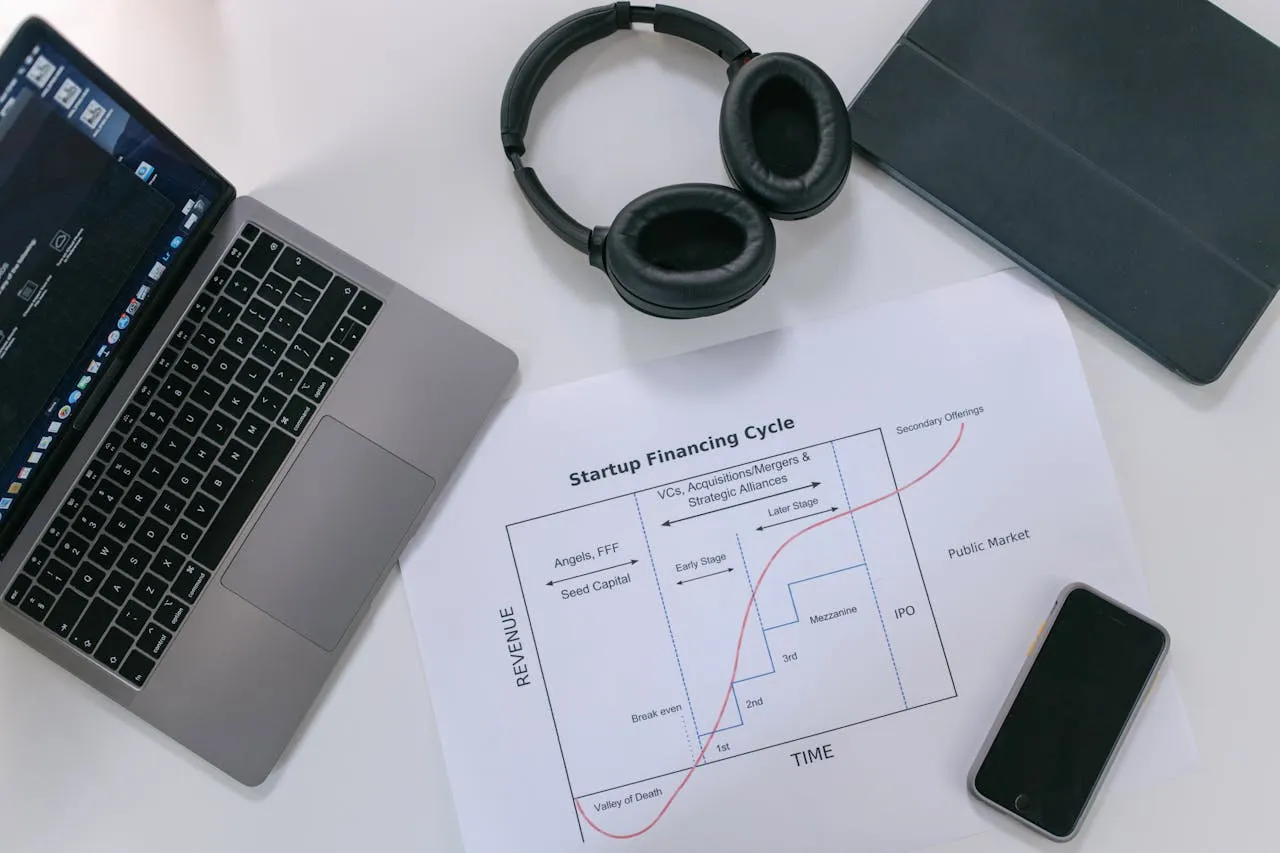Blockchain technology, originally developed as the backbone of cryptocurrencies like Bitcoin, has evolved into a powerful tool with the potential to transform a wide range of industries. Its ability to provide secure, transparent, and tamper-proof records has captured the attention of businesses, governments, and individuals alike. This blog post explores the fundamentals of blockchain technology, its key applications, and the ways it is revolutionizing trust and transparency in various sectors.
Understanding Blockchain Technology
At its core, a blockchain is a decentralized digital ledger that records transactions across a network of computers. Unlike traditional centralized databases, where data is stored and managed by a single entity, a blockchain is maintained by a distributed network of nodes. Each transaction or piece of data is grouped into a block, and these blocks are linked together in chronological order, forming a chain.
One of the defining features of blockchain technology is its immutability. Once a block is added to the chain, it cannot be altered or deleted without changing all subsequent blocks, which requires consensus from the majority of the network. This makes blockchain an exceptionally secure and transparent system for recording transactions, as any attempt to tamper with the data would be immediately detectable by the network participants.
Key Applications of Blockchain Technology
- Cryptocurrencies: The most well-known application of blockchain technology is in cryptocurrencies like Bitcoin and Ethereum. Cryptocurrencies leverage blockchain to enable peer-to-peer transactions without the need for intermediaries, such as banks. This decentralized approach not only reduces transaction fees but also enhances security and privacy. Blockchain's transparency allows users to verify transactions on the public ledger, promoting trust and accountability in the financial system.
- Supply Chain Management: Blockchain technology is revolutionizing supply chain management by providing a transparent and tamper-proof record of each transaction and movement of goods. Companies can use blockchain to track products from their origin to the end consumer, ensuring authenticity and reducing fraud. For example, blockchain can verify the provenance of luxury goods or ensure the traceability of food products to enhance food safety and quality.
- Smart Contracts: Smart contracts are self-executing contracts with the terms and conditions written into code. They automatically execute and enforce contractual agreements when predefined conditions are met. Blockchain technology supports smart contracts by providing a secure and immutable platform for their execution. This eliminates the need for intermediaries and reduces the risk of disputes, making it ideal for applications in real estate, legal agreements, and financial transactions.
- Healthcare: In the healthcare industry, blockchain technology is being used to securely store and share patient records. Blockchain’s immutability ensures that patient data is protected from unauthorized alterations, while its transparency allows for secure and efficient sharing of medical information among healthcare providers. This can improve patient care, reduce administrative costs, and enhance the overall efficiency of the healthcare system.
- Voting Systems: Blockchain technology has the potential to transform voting systems by providing a secure and transparent platform for casting and counting votes. Blockchain-based voting systems can reduce the risk of election fraud and increase voter confidence by providing an immutable record of each vote. This can lead to more secure and trustworthy electoral processes, enhancing the integrity of democratic institutions.
The Future of Blockchain Technology
As blockchain technology continues to evolve, its potential applications are expanding beyond cryptocurrencies and supply chain management. Emerging trends include the integration of blockchain with other technologies, such as artificial intelligence (AI) and the Internet of Things (IoT), to create more sophisticated and interconnected systems. For example, combining blockchain with IoT can enable secure and transparent data sharing between devices, while integrating AI can enhance the efficiency and accuracy of blockchain-based processes.
However, the widespread adoption of blockchain technology also presents challenges. Issues such as scalability, regulatory concerns, and energy consumption need to be addressed to fully realize the potential of blockchain. As the technology matures, ongoing research and development will play a crucial role in overcoming these challenges and unlocking new opportunities for innovation.
Conclusion
Blockchain technology is revolutionizing the way we think about trust and transparency in the digital age. Its ability to provide secure, immutable, and transparent records has far-reaching implications for various industries, from finance and supply chain management to healthcare and voting systems. As blockchain continues to evolve and expand, it has the potential to drive significant advancements and reshape the future of technology and business. Embracing the opportunities presented by blockchain while addressing its challenges will be key to harnessing its full potential and achieving transformative results.





















